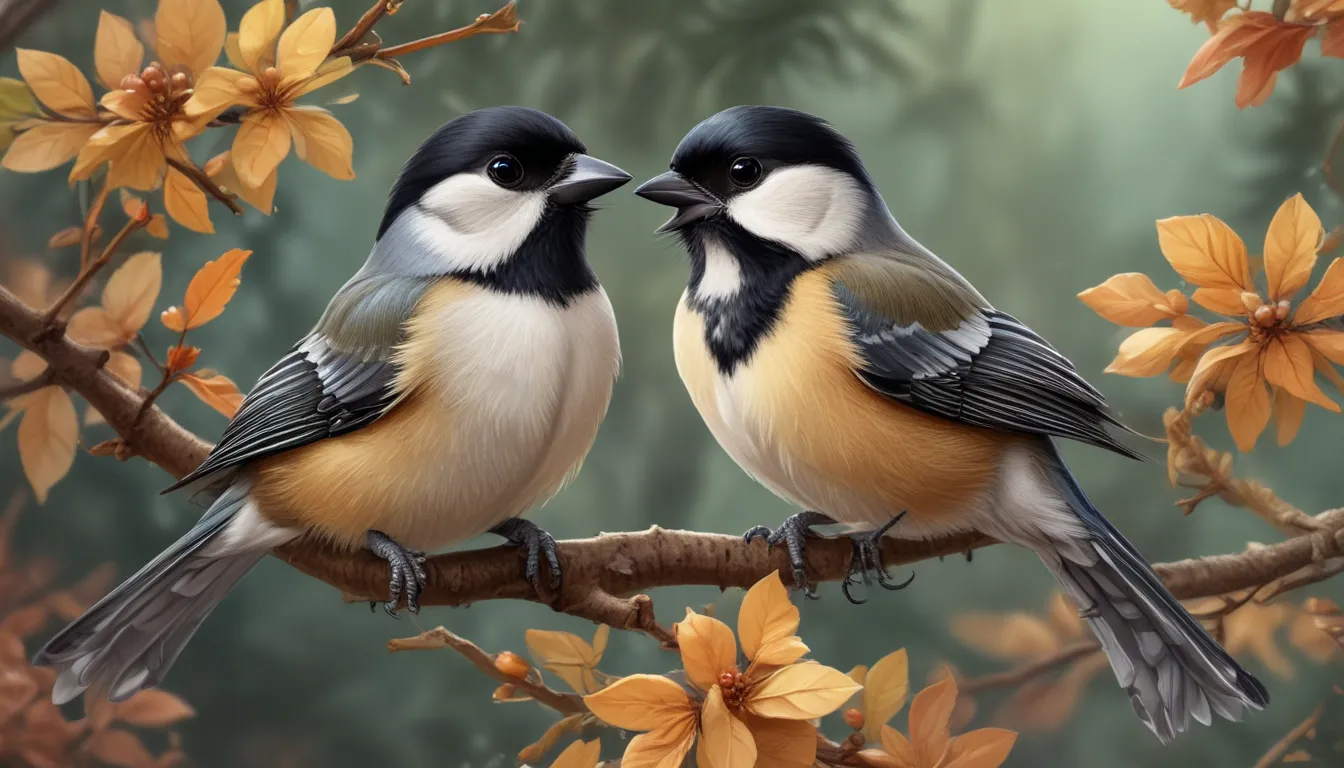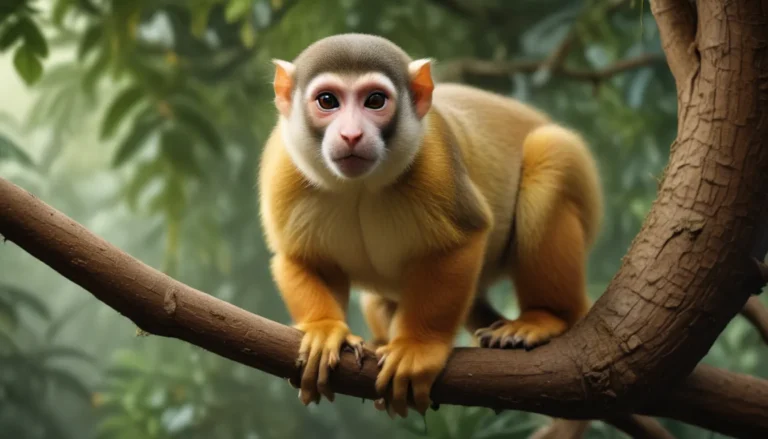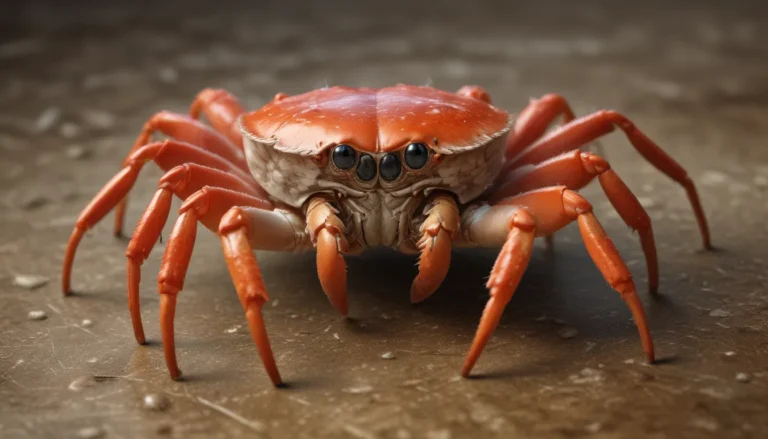The pictures we use in our articles might not show exactly what the words say. We choose these pictures to make you interested in reading more. The pictures work together with the words but don’t take their place. The words still tell you the important facts.
If you're curious about the captivating world of chickadees, you've come to the right place! These small, lively birds are beloved for their charming personalities and distinct calls, making them a favorite among bird enthusiasts of all ages, especially kids. In this article, we're going to dive into 18 interesting facts about chickadees that will captivate children and adults alike. From their unique adaptations to their impressive vocal abilities, there is so much to learn about these delightful little birds. So, grab your binoculars, put on your birdwatching hat, and get ready to explore the incredible world of chickadees!
The Charming Chickadee: A Closer Look
Let's start our journey by uncovering some key takeaways about these delightful birds:
- Chickadees are small, acrobatic birds with distinctive black caps, known for their love of sunflower seeds and their skillful insect hunting abilities.
- Intelligent, curious, and resilient, these birds communicate through vocalizations and body language, forming strong family bonds and being year-round residents in many regions.
Adorable and Musical: The World of Chickadees
1. Tiny Songbirds with Big Personalities
Chickadees are adorable little birds known for their small size and beautiful melodies. Belonging to the Paridae family, they are widely found in North America.
2. Distinguished by Their Black Caps
One of the most striking features of chickadees is their distinctive black cap, contrasting with their white cheeks, giving them a unique and beautiful appearance.
3. Masters of Acrobatics
These small birds are known for their agility and acrobatic skills, effortlessly hanging upside down from tree branches and maneuvering through dense foliage.
4. Sunflower Seed Enthusiasts
Chickadees have a particular fondness for sunflower seeds, making them a popular backyard visitor. By placing bird feeders filled with these treats, you can attract these delightful birds to your own backyard.
5. Vocal Virtuosos
Known for their varied and complex vocalizations, chickadees can produce a range of calls from their signature "chick-a-dee-dee-dee" to soft whistles and trills, showcasing their impressive communication skills.
6. Masters of Food Caching
Chickadees have a remarkable ability to stash food in hidden locations for later consumption, demonstrating their excellent memory skills in recalling the whereabouts of their food cache.
7. Surviving Cold Nights with Torpor
In cold temperatures, chickadees can enter a state of regulated hypothermia known as torpor, allowing them to conserve energy and endure harsh winter nights with resilience.
8. Lifelong Partnerships
These monogamous birds mate for life, forming strong pair bonds that last a lifetime, raising multiple broods together in a display of unwavering commitment.
9. Nests Fit for Royalty
Chickadees construct intricate nests using moss, bark, lichen, and feathers, creating cozy and well-insulated homes for their offspring, showcasing their skill as nest builders.
10. Eco-Friendly Pest Controllers
Playing a crucial role in pest control, chickadees feed on insects and their larvae, contributing to the maintenance of a balanced ecosystem with their voracious appetite for bugs.
11. Recognizing Human Friends
Research suggests that chickadees have the ability to remember and recognize individual humans, showcasing their capacity for trust and connection with those who spend time around them.
12. Brave Hearts Against Giants
Despite their small size, chickadees fearlessly stand their ground against larger birds when defending their territory, displaying bravery and aggression in protecting their nesting sites.
13. Winter Warriors
While some birds migrate during the winter, chickadees are known to stay year-round in many regions, equipped with remarkable adaptations to thrive in cold climates with resilience.
14. Gland Guardians of Plumage
With a special uropygial gland near the base of their tails, chickadees produce oil to preen and waterproof their feathers, ensuring their plumage remains in pristine condition.
15. Curious Minds and Sharp Wits
Known for their inquisitive nature and problem-solving abilities, chickadees showcase their intelligence by quickly adapting to changing environments and situations.
16. Silent Communication through Body Language
In addition to their vocalizations, chickadees convey messages through various body movements and postures, using non-verbal cues to communicate with their flock members.
17. Family Bonds Forever
Chickadee families maintain strong bonds even after the young birds have fledged, often forming family flocks that forage and stay close together in a display of solidarity.
18. Symbols of Resilience and Joy
Chickadees serve as symbols of resilience and cheerfulness, bringing joy and inspiration through their chirpy presence, reflecting the power of positivity and adaptability in the face of challenges.
Journey to Appreciation: Celebrating Chickadees
Chickadees are truly fascinating birds that captivate the hearts of kids and adults alike with their cheerful songs, acrobatic maneuvers, and charming personalities. By exploring these 18 interesting facts about chickadees, children can embark on a journey of discovery and appreciation for the natural world around them. Encouraging curiosity and fostering a love for nature early on sets the stage for a lifetime of environmental stewardship and connection to the wonders of the avian world.
As we continue to celebrate and protect these delightful birds, let's inspire future generations to connect with the magic of nature and the joy of observing these charming creatures in their natural habitats.
FAQs: Your Chickadee Queries Answered
-
Q: What is the size of a chickadee?
A: Chickadees are typically around 5-6 inches in length, making them small and compact birds. -
Q: What do chickadees eat?
A: Chickadees have a diverse diet that includes insects, spiders, seeds, berries, and small fruits, showcasing their versatility as foragers. -
Q: Do chickadees migrate?
A: While many chickadee species are migratory birds, undertaking long-distance journeys to find suitable wintering grounds, some species are year-round residents in certain regions. -
Q: How do chickadees communicate?
A: Chickadees use various vocalizations and calls, including the iconic "chick-a-dee-dee-dee" call, to communicate with each other and convey different messages. -
Q: Can I attract chickadees to my backyard?
A: Absolutely! By providing food sources like sunflower seeds and suet in bird feeders, as well as offering nesting boxes and natural habitat, you can attract these charming birds to your backyard. -
Q: How long do chickadees live?
A: Chickadees have an average lifespan of 2-3 years, although some individuals have been known to live up to 10 years, showcasing their resilience and adaptability. -
Q: Can chickadees remember where they hide food?
A: Yes, chickadees possess impressive memory skills and can recall the locations of hundreds of food caches, highlighting their cognitive abilities. -
Q: How do chickadees build their nests?
A: Chickadees create cozy nests by excavating tree cavities or using natural crevices, lining them with soft materials like moss, fur, and feathers to provide comfort for their young. -
Q: Are chickadees social birds?
A: Chickadees are highly social and often travel in small flocks, especially during winter months, demonstrating their gregarious nature and cooperative behavior. -
Q: Do chickadees mate for life?
A: While chickadees typically form monogamous pairs, they do not mate for life, seeking new mates each breeding season to ensure genetic diversity and reproductive success.
Throughout this article, we have delved into the enchanting world of chickadees, uncovering fascinating facts that will ignite the curiosity and wonder of kids and nature enthusiasts. By celebrating these charming birds and fostering a connection to the natural world, we can inspire a generation of environmental stewards who appreciate and protect the beauty of our avian companions. Let's continue to cherish and safeguard these delightful creatures, ensuring that the magic of chickadees thrives for generations to come.






